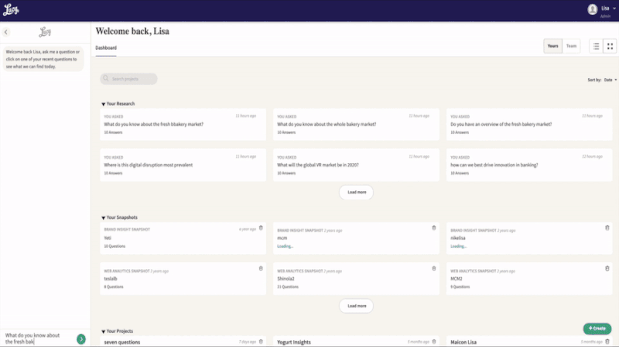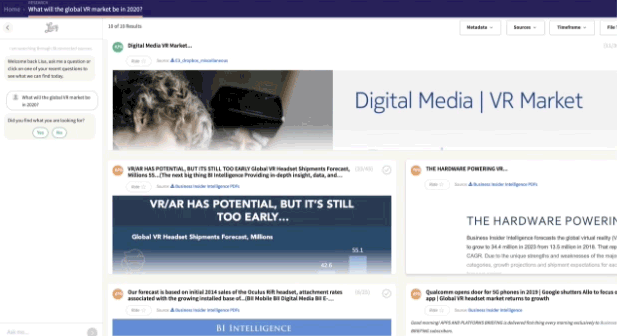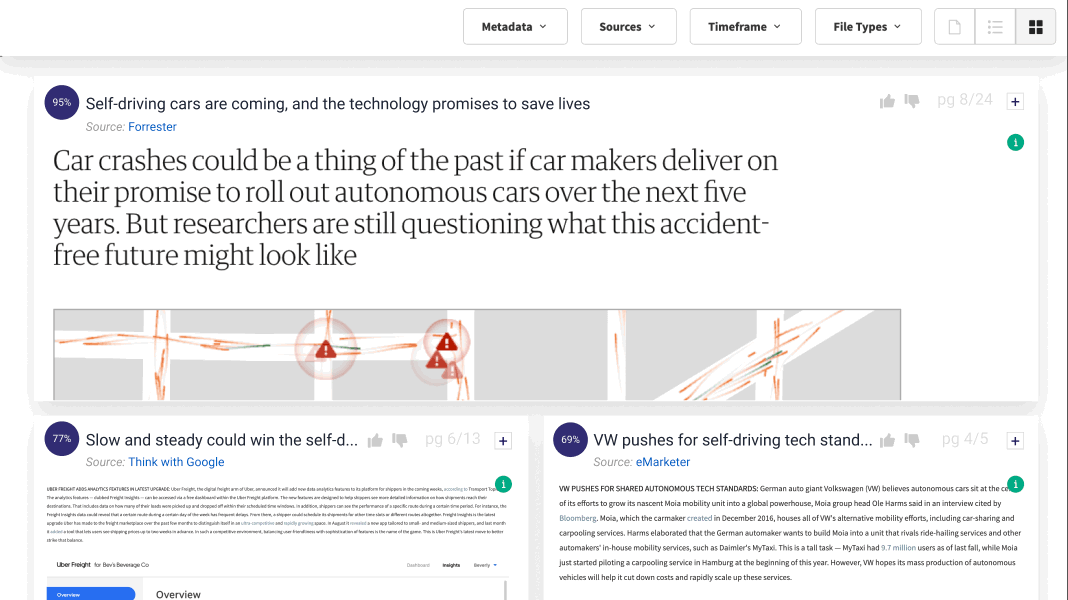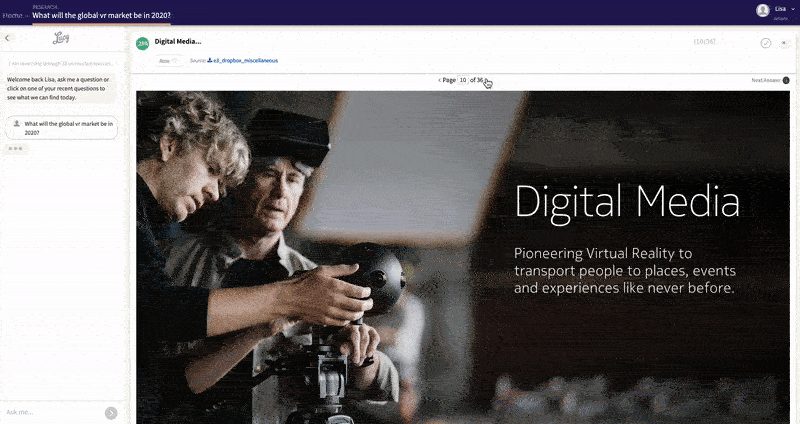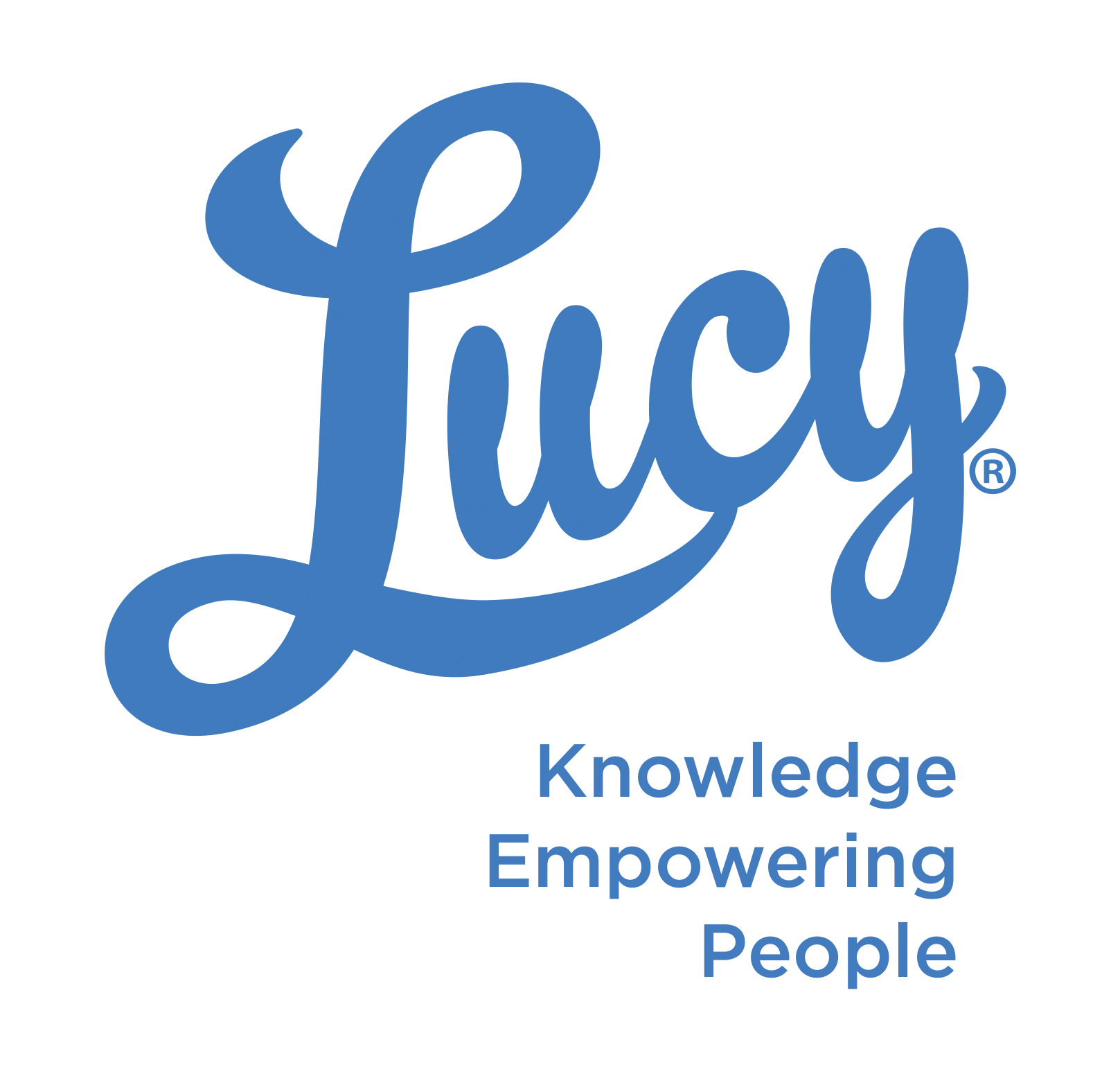Harvard Business Review Estimates a failure rate of 2X of standard IT projects
I recently read an HBR article that discusses the challenges associated with AI projects, revealing a failure rate that is almost double that of standard IT projects.
Considering the immense hype and excitement surrounding AI, especially Generative AI, and the proclamations about its future impact, it may seem puzzling that these projects face such high failure rates. So, what should businesses be cautious about when deploying the latest AI technology, and how can they avoid these issues?
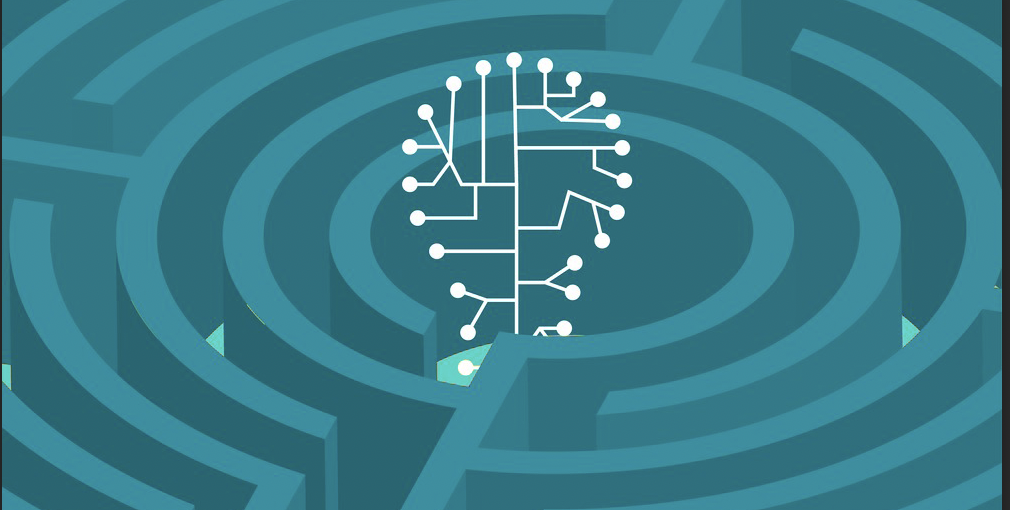
Let’s start with the challenges that hinder the success of AI projects, as there are several:
- Business Definition. This is a new frontier for the stakeholders involved in commissioning or receiving these projects. It’s not like there are VPs or Directors with years of experience in defining, leading, buying and deploying the current wave of AI projects—which by definition are at best a year old. Managing expectations and formulating project definitions that are achievable given the relative unfamiliarity of the technology can pose difficulties.
- IT and the Shiny Object. The past year has witnessed science fiction become a reality with this new generation of AI capable of skills unthinkable before the launch of ChatGPT. For IT professionals, there is excitement to engage with cutting-edge technology, accompanied by a genuine interest in advancing their careers. However, this enthusiasm presents a challenge. While IT is eager to build, the question arises: are they building what people truly need? Throughout the past year, we've encountered numerous instances where business stakeholders expressed enthusiasm about AI and Knowledge Management, only to discover, upon engaging with their internal IT teams, that they were already "working on something." The crucial question here is whether that "something" aligns with the specific needs of the users in your business unit.
- Project Alignment. Both of the above issues combined lead to the additional challenge of needing to find ways to align the stakeholders and internal technical resources. Can what stakeholders want be successfully built into reality? Is IT constructing what is truly needed? The risk of disconnect is dramatic. Achieving alignment is crucial for the success of any AI project.
- AI Projects are Different. AI projects inherently pose greater difficulties due to the unpredictable nature of results. For example, traditional IT projects, running a process ten times would yield ten identical results. However, AI can produce different results each time, even when prompted with the same question. Some results may be better than others, introducing an element of randomness.
- User Adoption. When a company develops a new HR system for expense reports, employees will use it regardless of whether it is enjoyable or terrible because they need to be compensated for their expenses. They are willing to navigate any process, regardless of its quality, to get paid. However, with many AI systems, user adoption becomes a matter of opt-in. If the system is not essential for completing a task, the barrier to initial usage and acceptance is much higher compared to other types of IT projects.
- Trust in AI. While many users are excited and fascinated by AI, there is also an inherent fear and apprehension once these systems are in front of them. Questions like "Can I be successful?", "Will this AI take my job?", "Will it even work?", or "I'm too busy to try something new!" can cannibalize early user adoption. In some cases, it prevents any momentum for the system from building within an organization.
The most crucial aspect is ensuring outstanding alignment between the needs of business users and what IT can deliver. Beyond that, having a well-thought-out plan for introducing the technology and facilitating user adoption is essential. So, how can we overcome these challenges and increase the chances of project success?
While internal IT and stakeholder vision play a pivotal role, one option is engaging with external vendors who specialize in AI initiatives for specific use cases and can provide organizations with invaluable long-term support. These external vendors, based on their experience working across many organizations and projects, can collaborate with IT and stakeholders, offering a comprehensive range of tools and processes that facilitate the implementation of the best technology and user adoption journeys. This collaborative approach not only ensures the achievement of planned business objectives but also emphasizes the importance of staying adaptable to rapidly evolving technology in the future.

